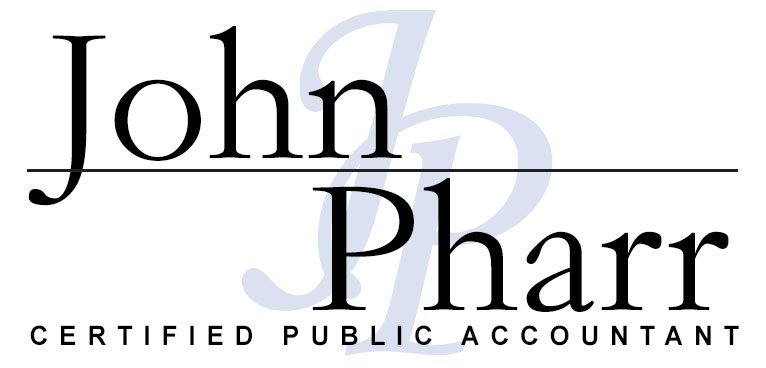Changes for Your Upcoming Tax Return

Last year was a tough one for taxpayers, new laws took effect that dramatically changed how people had to file their tax returns. The returns looked different, with the old forms going away which requiring everyone to use the same main 1040 form.
Even though there wasn’t big tax reform for the 2019 tax year, you can still expect to see some key changes when it comes time to file your taxes.
Contact John Pharr CPA LLC today for help with your current taxes: 850-435-8844
support@pharrcpa.com
Now Let’s look at the biggest changes and how they could affect you….
1. A new tax form for seniors
Last year, there was just one return option for taxpayers, but that’s changing this tax season. The IRS will roll out the new 1040-SR tax form, which is designed for those 65 or older.
The form looks a lot like the old 1040A form, with lines for many different types of income, deductions, and credits. With no limits on income, most people 65 and up should be able to use the form, avoiding having to use the many forms and schedules associated with the regular 1040 that most people are required to file.
2. Bigger contributions to retirement accounts
Those who contributed to retirement accounts in 2019 will be able to get even bigger rewards on their tax returns. Key contribution amounts for several different types of retirement accounts went up, allowing for more opportunities to save.
IRA contribution limits went up by $500 to $6,000 for 2019, allowing taxpayers to boost the amount of contributions they can make to traditional IRAs. At the same time, maximum contributions to 401(k) accounts also went up by $500 to $19,000. Those 50 or older get to contribute an extra $1,000 to their IRA contributions and $6,000 more to 401(k)s — with the 401(k) catch-up number up $500 from 2018’s $5,500 amount.
3. No more alimony deductions
With the old tax law, alimony was treated differently from other types of payments between previously married people. Those paying alimony got to deduct their payments, while those receiving alimony had to include it in their income.
Tax reform changed those rules, but only starting in 2019. Alimony payments are now disregarded for tax purposes, meaning that they don’t give the payer a deduction or count as income for the recipient. That’s a lot simpler to manage, but it can mean higher taxes for alimony payers. Note, though, that those who got divorced before the end of the year the old rules applied.
4. Inflation-related adjustments
There are plenty of small tax law changes that reflect the impact of inflation. Among them are the following:
- Standard deductions rose $200 for singles and $400 for joint filers, to $12,200 and $24,400 respectively.
- Tax brackets got wider, reflecting increases of about 2%.
- Exemption from the alternative minimum tax also got an inflation boost.
You’ll see some other inflation adjustments also affect your taxes. The general idea is to make sure that taxes account for the impact of inflation.
Call us today if you need help with your upcoming tax returns or any help working to minimize tax liabilities in the current year. 850-435 8844




